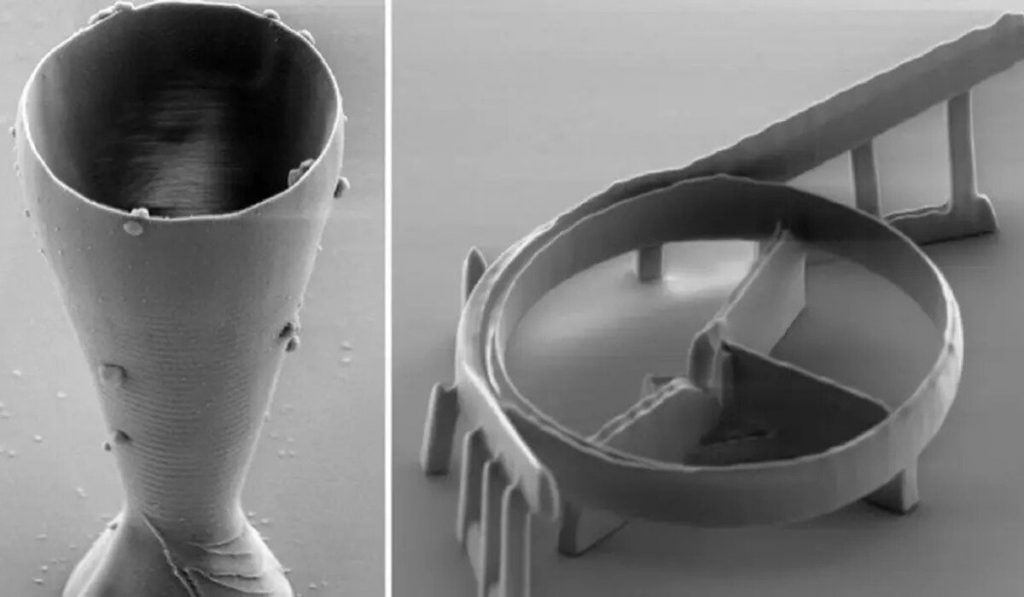Researchers at the prestigious KTH Royal Institute of Technology in Stockholm have achieved a remarkable feat: they have successfully utilized 3D printing technology to create the tiniest wine glass ever made. This extraordinary accomplishment, revealed through an official press release on Tuesday, is the result of their groundbreaking work.
However, it’s important to note that this miniature wine glass was not designed for practical use in drinking. Instead, it serves as a remarkable demonstration of a simplified technique for producing silica glass structures with diverse applications.
Professor Frank Niklaus, an esteemed member of the KTH faculty, highlighted the significance of their innovative approach.
This new method effectively overcomes the challenges faced by previous 3D printing endeavors, particularly the complex thermal treatment required when fabricating crucial silica glass components.
As such, it can be “used for customized lenses for medical machinery that perform minimally invasive surgery, micro-robots that navigate extreme environments, or filters and couplers for fiber optic networks, to name a few applications.”
Furthermore, the researchers showcased the technique’s versatility by successfully printing intricate devices directly onto the slender tips of optical fibers, which are as delicate as strands of human hair.
“The backbone of the internet is based on optical fibers made of glass. In those systems, all kinds of filters and couplers are needed that can now be 3D printed by our technique,” said co-author Kristinn Gylfason, an associate professor of Micro- and Nanosystems at KTH. “This opens many new possibilities.”
What’s more, this cutting-edge method eliminates the need for excessive energy consumption typically associated with 3D printing silica glass. Traditionally, the materials involved would need to be heated to extremely high temperatures for prolonged periods.
Po-Han Huang, the study’s lead author and a doctoral student at KTH, emphasized this significant advantage.
“The advantage of our method is there’s no need for thermal treatment, and the glass can withstand extreme heat in applications.”
By employing readily available commercial materials, the team has achieved a revolutionary breakthrough in the production of silica glass. Additionally, the elimination of thermal treatment opens up widespread opportunities for this technique across various applications and scenarios.
“The concerns when integrating 3D printing methods are usually different for different applications. Even though optimization of our method is still required for different applications, we believe our method presents an important and necessary breakthrough for 3D glass printing to be used in practical scenarios,” he said.
The only question remains whether the wine glass is the world’s smallest. According to the researchers, it is.
“Definitely nobody has 3D printed a wine glass that consists of glass as-printed,” Niklaus concluded in the statement.

